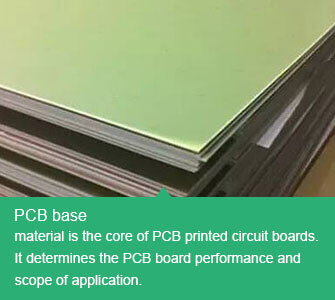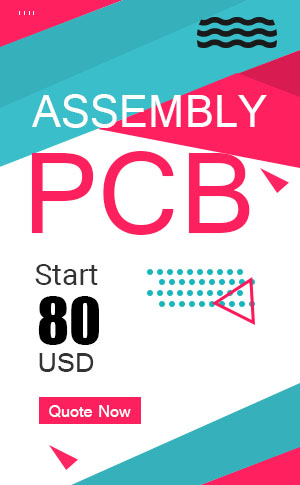General, quoting & support.
Add: Building E, No.58, Nanchang Road, Xixiang , Baoan District Shenzhen City, Guangdong, China
Tel : 0755-27348887
Fax : 0755-27349876
E-mail : svc@pcbastore.com
What PCB materials are widely used and How?
Byron / 2017-11-30
Contents [hide]
PCB base material is the core of PCB printed circuit boards. It determines the PCB board performance and scope of application. Different products have different requirements on the PCB base material. With the development of electronic technology, PCB base material meet more and more challenges, which also push the development of copper clad laminate(CCL).

(1) Classification of Copper Clad Laminate:
There are five different types of material divided by reinforcing material : paper base, glass fiber cloth base, composite base (CEM series), laminated multilayer board base and special material base (ceramic, metal core base, etc.).
• Paper base class:PF resin (XPC, FR1, FR2) Epoxy resin (FE-3) Polyester resin
• Glass fiber cloth base class:Epoxy resin (FR4, FR5)
• Special material base class:BT, PI, PPO, MS
(2) Classification of Flammability
• Flame-proof type: UL94-VO, UL94-V1
• Non-flameproof type: UL-94-HB
(3) Classification of CCL Performance
• CCL with ordinary performance
• CCL with low dielectric constant
• CCL with high heat resistance
• CCL with low coefficient of thermal expansion
The choice of PCB materials:
The choice of PCB material must meet the design requirements, the quality of production and cost need to achieve a balance. The design requirements include electrical and institutional parts. This material problem is usually important when designing very high speed PCB boards (frequencies greater than GHz). For example, the commonly used FR-4 material may not be used when dielectric loss at several GHz frequencies, which can have a significant effect on signal attenuation . In the case of electrical, it is important to note whether the dielectric constant and the dielectric loss are combined at the designed frequency.
PCBASTORE will help you to analyze and choose the most proper materials to help you get high quality electronics PCB for your products at the lowest cost.
If you have any comments or suggestions about this post, please leave a reply here
Previous article:What Are the Main Materials of FPC Flexible Printed Circuit Board?







